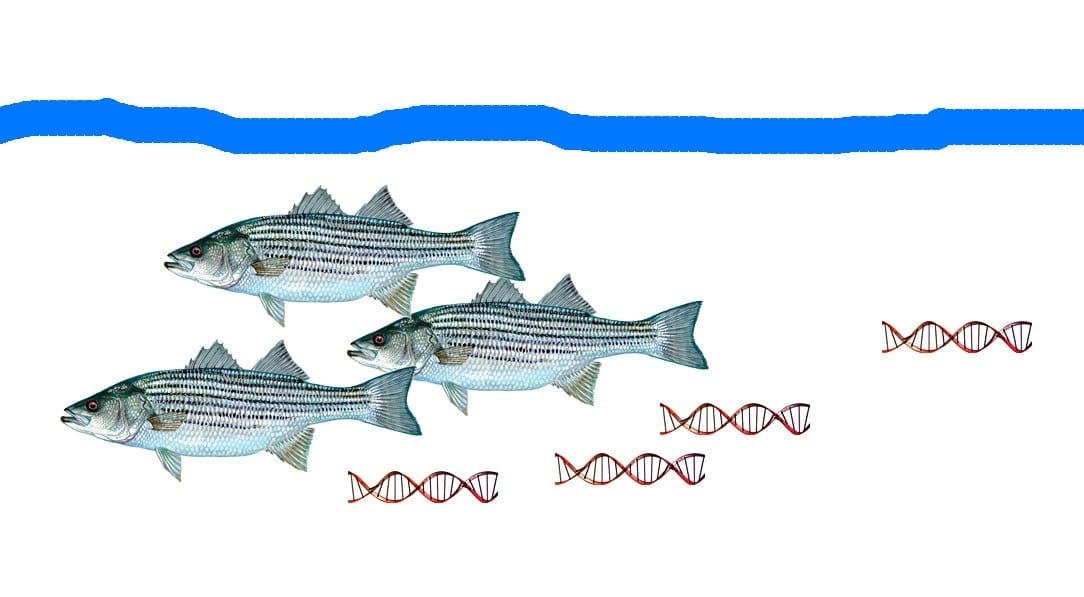
A University of Surrey academic is leading research that has found an effective way to monitor and remove pharmaceuticals from water.
The research involves the detection and removal of pharmaceuticals in or from water, as contamination from pharmaceuticals can enter the aquatic environment as a result of their use for the treatment of humans and animals. This contamination can be excreted unchanged, as metabolites, as unused discharge or by drug manufacturers.
The research has found that a new type of ‘supermolecule’, calix[4], actively seeks certain pharmaceuticals and removes them from water.
Contamination of water is a serious concern for environmental scientists around the world, as substances include hormones from the contraceptive pill, and pesticides and herbicides from allotments. Contamination can also include toxic metals such as mercury, arsenic, or cadmium, which was previously used in paint, or substances that endanger vital species such as bees.
Professor Danil de Namor, University of Surrey Emeritus Professor and leader of the research, said: “Preliminary extraction data are encouraging as far as the use of this receptor for the selective removal of these drugs from water and the possibility of constructing a calix[4]-based sensing devices.
“From here, we can design receptors so that they can bind selectively with pollutants in the water so the pollutants can be effectively removed. This research will allow us to know exactly what is in the water, and from here it will be tested in industrial water supplies, so there will be cleaner water for everyone.
“The research also creates the possibility of using these materials for on-site monitoring of water, without having to transport samples to the laboratory.”
Dr Brendan Howlin, University of Surrey co-investigator, said: “This study allows us to visualise the specific receptor-drug interactions leading to the selective behaviour of the receptor. As well as the health benefits of this research, molecular simulation is a powerful technique that is applicable to a wide range of materials.
“We were very proud that the work was carried out with PhD students and a final year project student, and research activities are already taking place with the Department of Chemical and Processing Engineering (CPI) and the Advanced Technology Institute (ATI).
Learn more: New breed of supermolecule ‘hunts down’ harmful drugs and removes them from water
[osd_subscribe categories=’pharmaceutical-residues’ placeholder=’Email Address’ button_text=’Subscribe Now for any new posts on the topic “PHARMACEUTICAL RESIDUES’]
The Latest on: Detection and removal of pharmaceuticals
[google_news title=”” keyword=”Detection and removal of pharmaceuticals” num_posts=”5″ blurb_length=”0″ show_thumb=”left”]- Fujifilm and Predictive Oncology Announce Collaboration to Reduce Protein Interference in ...
FUJIFILM Wako Chemicals U.S.A. Corporation (Fujifilm), a supplier of high purity chemicals and reagents, and Predictive Oncology Inc., (NASDAQ: POAI), ...
- Fujifilm and Predictive Oncology Announce Collaboration to Reduce Protein Interference in Bacterial Endotoxin Detection Testing of Biopharmaceuticals
Fujifilm Fujifilm logo Predictive Oncology Predictive Oncology logo RICHMOND, VA, and PITTSBURGH, April 25, 2024 (GLOBE NEWSWIRE) -- FUJIFILM Wako Chemicals U.S.A. (Fujifilm), a supplier of high ...
- Balancing hope and reality: The promise and peril of blood-based colorectal cancer screening
A simple blood test to detect colorectal cancer sounds amazing. But unlike colonoscopy, a blood test can't remove precancerous polyps.
- Targeting mouth cancer with light-activated drugs
LightOx explained how light-activated drugs can be used to treat cancer on day one of the Biotrinity 2024 conference in London.
- What Is A 9 Panel Drug Test & How To Pass One (Full Drug Test Guide For All Panel Tests)
The 9 panel drug test is quite a complex one in terms of the fact that it’s one of the most advanced because of the number of substances it looks for. In terms of the number of substances, the most ...
Courtesy of Google News and Bing News










